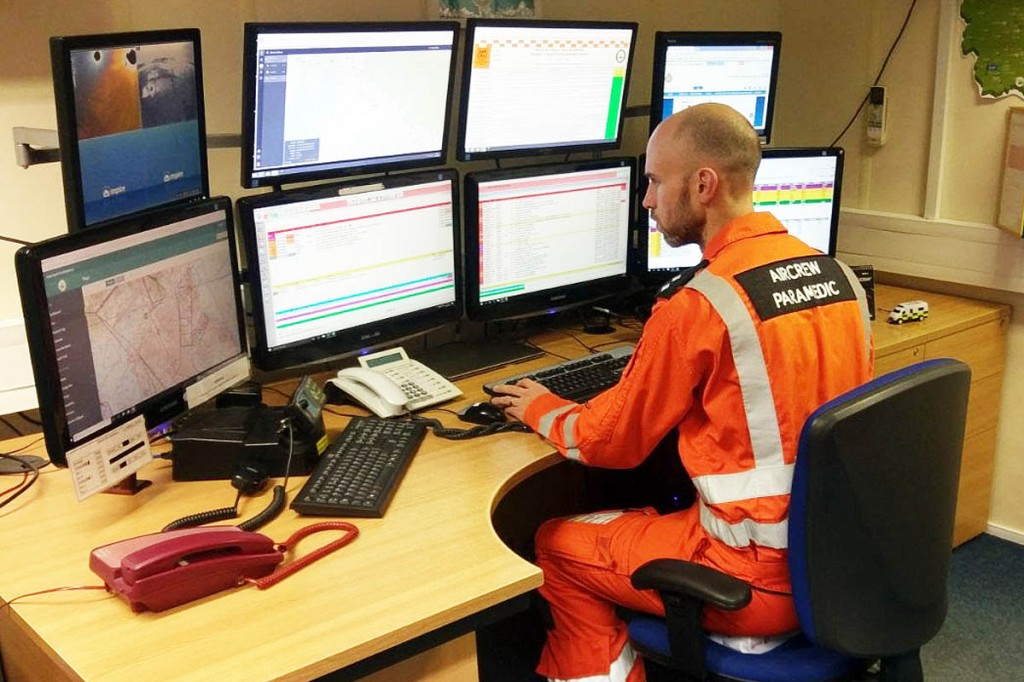Seriously ill and injured casualties in the North-West of England could receive a quicker helicopter response after ambulance staff agreed to a charity monitoring emergency calls.
The Great North Air Ambulance Service regularly flies to the aid of injured climbers, walkers and mountain bikers in the Lake District, northern Pennines and northern Dales.
The North West Ambulance Service has now agreed to the air ambulance clinical staff directly monitoring 999 calls from their base. This will give them live updates on a patient’s condition, allowing them to quickly decide if they could benefit from helicopter assistance.
The charity says this means the rotors could be turning even sooner, saving precious time that could mean the difference between life and death.
A similar arrangement is in place in the North-East, where the GNAAS also operates an aircraft from Durham Tees Valley Airport, near Darlington. It is from here that the ambulance service link-ups are monitored alongside mountain rescue calls on a bank of screens.
Andy Mawson, director of operations at GNAAS, said: “The arrangement was a vital step in ensuring the services of the aircrew medics are available for those who need them the most.
“It’s an extra set of eyes to make sure we are getting to the right patients in the fastest possible time. Essentially we’re working in support of the teams within the NWAS control centre, it’s a great example of collaborative working.”
GNAAS crews can respond by helicopter or rapid response vehicle and are able to deliver advanced drugs and techniques normally reserved for the hospital.
North West Ambulance Service has given air ambulance staff full training to use their system for the new scheme which has been in place since January.
Peter Ballan, of NWAS, said: “We’ve already started to see the benefits of this new way of working as it helps us to get our patients the most appropriate care in the most effective way.
“We are looking forward to working more closely with GNAAS in the future.”
